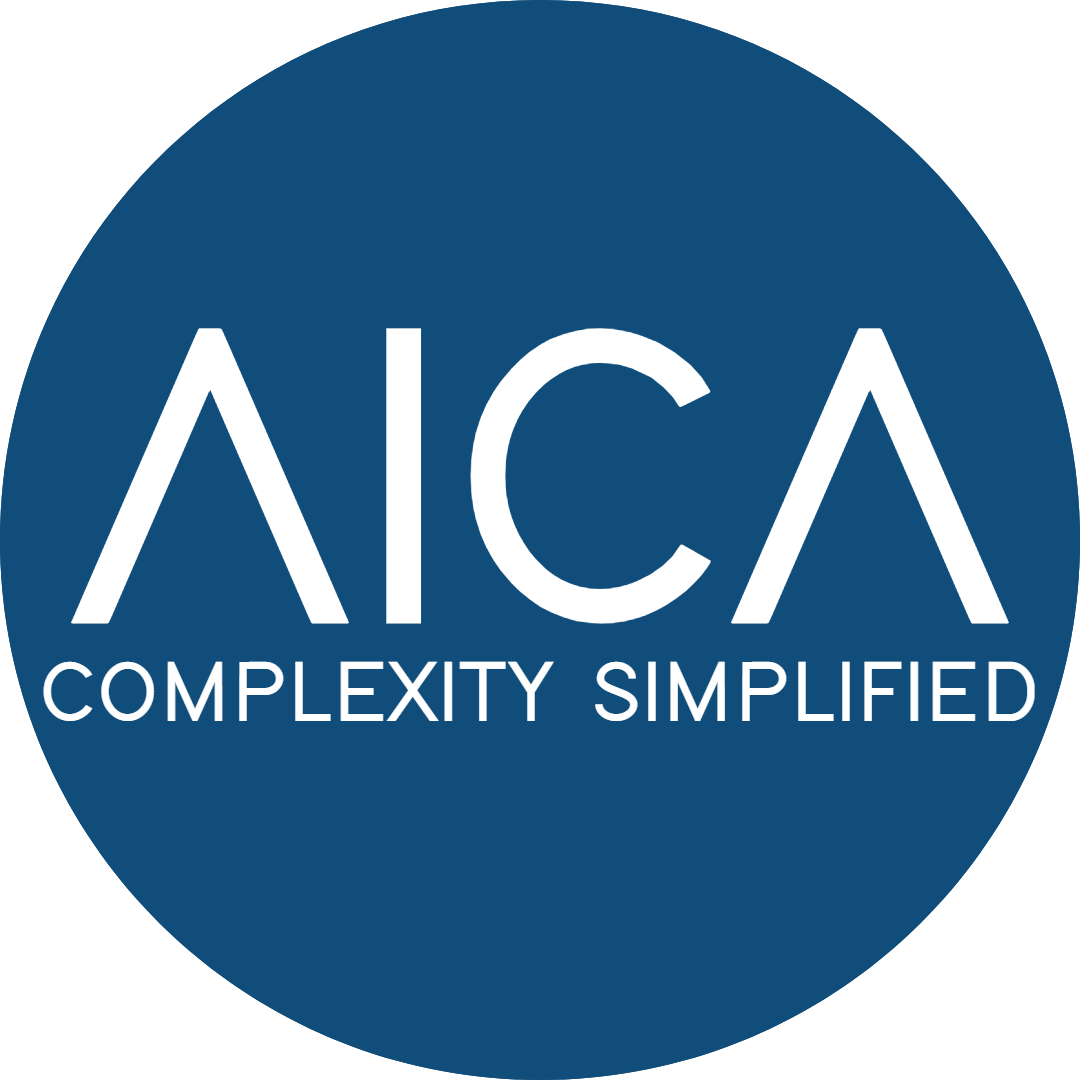Product Data Classification
We support standard taxonomies such as UNSPSC and GS1 GPC, as well as fully custom classification systems designed for your industry or internal data structure..
Classification Services We Offer
- UNSPSC (United Nations Standard Products and Services Code)
- GPC (Global Product Classification by GS1)
- Custom Taxonomies tailored to your in-house categories, OEM libraries, or regional standards
All classifications are mapped consistently across your ERP, MDM, PIM, EAM, or procurement systems.
What is UNSPSC?
The UNSPSC taxonomy is a globally adopted standard used to classify products and services across sectors. It features a four-level, 8-digit numeric code structure (Segment, Family, Class, Commodity), making it ideal for procurement, supply chain analysis, and spend visibility.
Used by governments, manufacturers, utilities, and mining operations, UNSPSC enables structured reporting and supplier consolidation at scale.
What is GPC?
The GS1 Global Product Classification (GPC) system is designed specifically for retail and consumer products. Unlike UNSPSC, it uses a “Brick” and attribute model that supports granular product differentiation—crucial for digital commerce and cross-border catalogues.
GPC is the standard taxonomy within GS1 and is essential for companies using PIM systems, listing in e-commerce marketplaces, or managing consumer-facing product data.
Benefits of Product Data Classification
Structured product classification provides measurable impact across multiple business areas:
- Improved spend analysis and procurement efficiency
- Faster onboarding of items into ERP, EAM, or procurement platforms
- Better vendor negotiations through clean, comparable data
- Elimination of duplicates, reducing excess inventory and purchasing errors
- Regulatory and reporting compliance for audits and sustainability disclosures
- Enhanced discoverability in digital channels and supply networks
Why Use AICA’s Classification Service
Our classification engine combines agentic AI with human QA oversight—achieving accuracy rates far beyond generic LLMs or rule-based tools. Here’s how we outperform:
- Specialised AI Agents, trained on industrial and MRO product data
- Semantic understanding that recognises variants, aliases, and multilingual inputs
- Confidence scoring to flag ambiguous entries for manual review
- Full audit trail of every classified item
- Custom taxonomy support aligned with your internal business structure
- Seamless API integrations into your existing ERP, MDM, EAM or PIM systemsYou get classification that’s not just fast, but precise—and always production-ready.
| Feature | UNSPSC | GPC (GS1) |
|---|---|---|
| Primary Focus | Products & services for procurement | Consumer products for digital commerce |
| Taxonomy Structure | 8-digit numeric hierarchy | Brick-based hierarchy with attributes |
| Industry Usage | Government, manufacturing, MRO, energy | Retail, FMCG, e-commerce |
| Scope | Goods and services | Physical goods only |
| Integration Systems | ERP, EAM, MDM, procurement systems | PIM, GS1 registries, digital marketplaces |
| Maintenance | Managed by GS1 US (UNSPSC.org) | Maintained by GS1 Global |
When to Use UNSPSC
Choose UNSPSC if your organisation:
- Handles large-scale procurement across goods and services
- Requires consistent classification in ERP, EAM, or procurement systems
- Needs better spend visibility and supplier rationalisation
- Operates in industrial sectors like mining, oil & gas, construction, or public infrastructure
Example: A mining company classifies MRO parts and external maintenance services using UNSPSC codes to consolidate vendors and streamline procurement analysis.
When to Use GPC
Choose GPC if your organisation:
- Operates in retail, FMCG, or digital commerce
- Needs a GS1-compliant structure for global listings
- Uses PIM systems and requires precise product variants
- Wants to improve product discoverability and shelf presence
Example: A global supermarket chain uses GPC to classify beverage categories, packaging types, and flavours—standardising listings across multiple countries and marketplaces.
Need help deciding?
Our team can assess your product data, business goals, and systems to recommend the best-fit classification model—or build a custom taxonomy aligned to your operations.
Contact us today to unlock smarter, cleaner, and more actionable product data.
